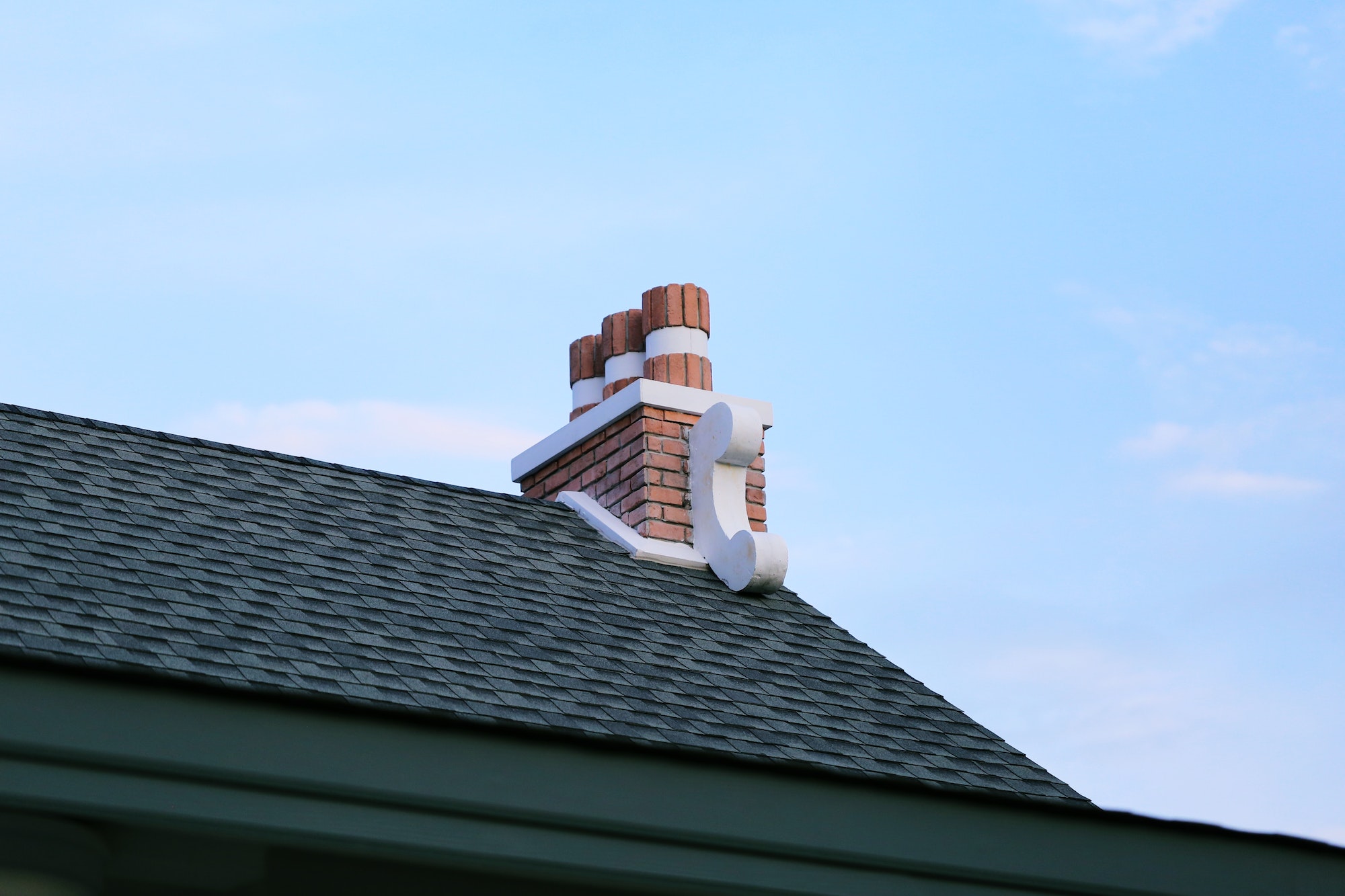It is crucial to create a home that’s accessible for people with mobility challenges, enabling them to move independently within their living space. While many aspects of accessibility are often considered, one aspect that is sometimes overlooked is the installation of ramp thresholds. These small inclines help bridge the gap between floor levels, allowing for a transition and eliminating obstacles for wheelchair users, individuals with mobility aids, or even those pushing strollers. In this beginner’s guide, we will explore the advantages of ramp thresholds. Provide tips on how to install them.
Understanding Ramp Thresholds
Durable ramp thresholds, also known as low-rise or threshold ramps, act as slopes connecting floor surfaces. They create a transition between rooms, removing any tripping hazards and making it easier for individuals with mobility challenges to navigate their homes.
Benefits of Ramp Thresholds
1. Enhanced Safety: Eliminating surfaces or raised thresholds that require stepping over ramp thresholds significantly improves safety by reducing the risk of falls or accidents.
2. Mobility: For individuals using wheelchairs, walkers, canes, or other mobility aids, ramp thresholds ensure effortless movement throughout their homes.
3.. Universal Design: Installing ramp thresholds helps create an environment that caters to people of all abilities, promoting the principles of design.
4. Convenience: Ramp thresholds also offer convenience for individuals using strollers, rolling luggage, or other wheeled objects, making navigating the house easier.
Tips for Installing Ramp Thresholds
1. Accurate Measurement and Planning: Measuring the height of the threshold and assessing the space before installing ramp thresholds is crucial. This ensures determining the size of the ramp while considering a slope that allows accessibility (generally 1:12 ratio). Additionally, checking building codes and regulations for guidelines is essential.
2. Choosing Suitable Materials: Ramp thresholds are available in rubber, aluminum, and plastic materials. Each material has its advantages. Rubber ramps provide traction and can be used both indoors and outdoors. Aluminum ramps are durable and weather-resistant, making them ideal for installations. Plastic ramps are lightweight and portable and can be easily assembled or disassembled if necessary.
3. Ensuring Stability and Grip: To prevent any slipping or movement, it is important to fasten the ramp in place during use. Rubber ramps typically come with surfaces designed to prevent slipping and provide a grip. However, consider using strips or tapes to ensure stability if you opt for a material.
4. Maintain an Appropriate Slope: It is essential to adhere to accessibility guidelines when determining the slope of a ramp. This ensures a safe transition for users. As mentioned earlier, it is recommended to have a 1:12 slope ratio, meaning that there should be 12 inches of length for every inch in height. Avoid constructing inclines or sudden changes in height, as they can pose difficulties for individuals who rely on mobility aids.
5. Take into Account Transition Plates: Incorporating transition plates can be beneficial in case of a difference in height between thresholds. Transition plates are ramps designed to bridge gaps and create transitions. They prove useful when encountering variations in floor levels, such as transitioning from tile to carpet or hardwood to vinyl.
6. Visual Contrast Matters: In addition to addressing ramp thresholds, it’s crucial to ensure contrast so that individuals with vision or visual impairments can easily recognize surface changes. Utilize contrasting colors between the ramp and the surrounding floor area—this creates a marker that helps prevent accidents and facilitates navigation for everyone involved.
Conclusion
Making your home accessible by installing ramp thresholds is a way to promote inclusivity and independence for people with mobility challenges. These ramps with height differences create a transition between different levels of the floor, ensuring safety and making it easier to move around the house. By following the suggestions provided in this guide, for beginners, you can create an environment that caters to people of all abilities, fostering a truly inclusive atmosphere.
Discover more from Futurist Architecture
Subscribe to get the latest posts sent to your email.



